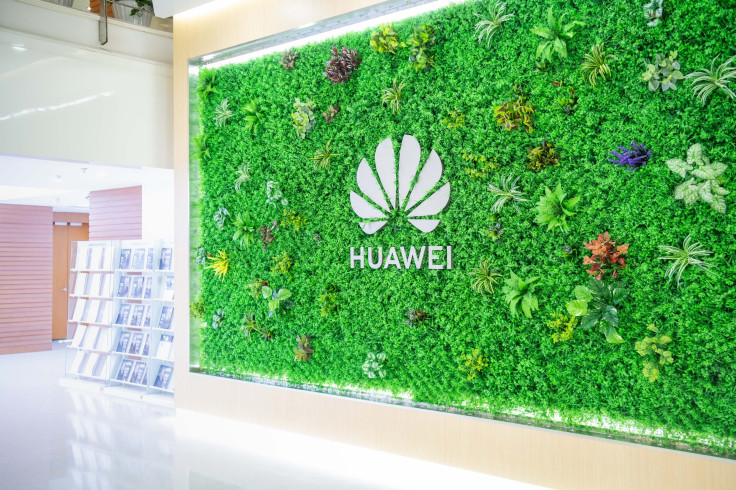Huawei US Layoff: Hundreds Fired Months After USA Ban

Chine telecom giant Huawei’s research arm, Futurewei Technologies, has started laying off hundreds of workers in the United States since Monday.
According to a few Futurewei employees, the layoffs followed the U.S. government’s blacklisting of Huawei and restricting its U.S. subsidiary from transferring sensitive technologies to its parent.
Huawei is a leading telecommunications equipment manufacturer that produces telecom gear for 5G networks. Smartphones such as Huawei P 20, Huawei P 20 Pro, Huawei Y 9 and Huawei P 30 Pro are among its signature products.
The intent behind Futurewei’s setting up was to work closely with U.S. universities and research institutions.
Reports quoting sources said nearly 70 percent of the 850 Futurewei employees will lose jobs. Futurewei has offices in Silicon Valley, Greater Seattle Area, Chicago, and Dallas.
Futurewei is credited with 2,100 patents spanning areas of telecommunications, video, 5G cellular networks, and camera technologies, according to the U.S Patent and Trademark Office.
The layoff was planned at Huawei’s headquarters in China and the order was to shut all open source projects, projects on near-term Huawei products and stopping of R&D work on critical technologies.
The U.S. Commerce Department blacklisted Huawei in May citing security risks including espionage. It also faces criminal charges by the Justice Department for the theft of trade secrets.
No major work after Huawei’s blacklisting
According to an insider, the work at Futurewei came to a standstill ever since Huawei was blacklisted.
“On the 17th of May, Huawei asked everyone at Futurewei to upload everything to the Huawei cloud, right before the ban took effect,” an employee said.
“After that Futurewei has stopped doing any work - almost stopped everything,” he added.
According to a report by Reuters, quoting a statement from Huawei, the job cuts from July 22 had been warranted by the “curtailment of business operations” because of the U.S. government’s actions. Huawei also said that Futurewei incurred an operating cost of $510 million.
US concerns on Huawei
The blacklisting of Huawei on May 15 followed heightened concerns over its alleged links with the Chinese government and military. Fears that the equipment could be used for conducting espionage on other countries and businesses also forced the decision.
The U.S. had advised restrictions for domestic companies on using Huawei networking equipment in 2012.
However, in late June, Trump agreed to relax some curbs on Huawei in a bid to resume the stalled trade talks with China.
© Copyright IBTimes 2025. All rights reserved.





















